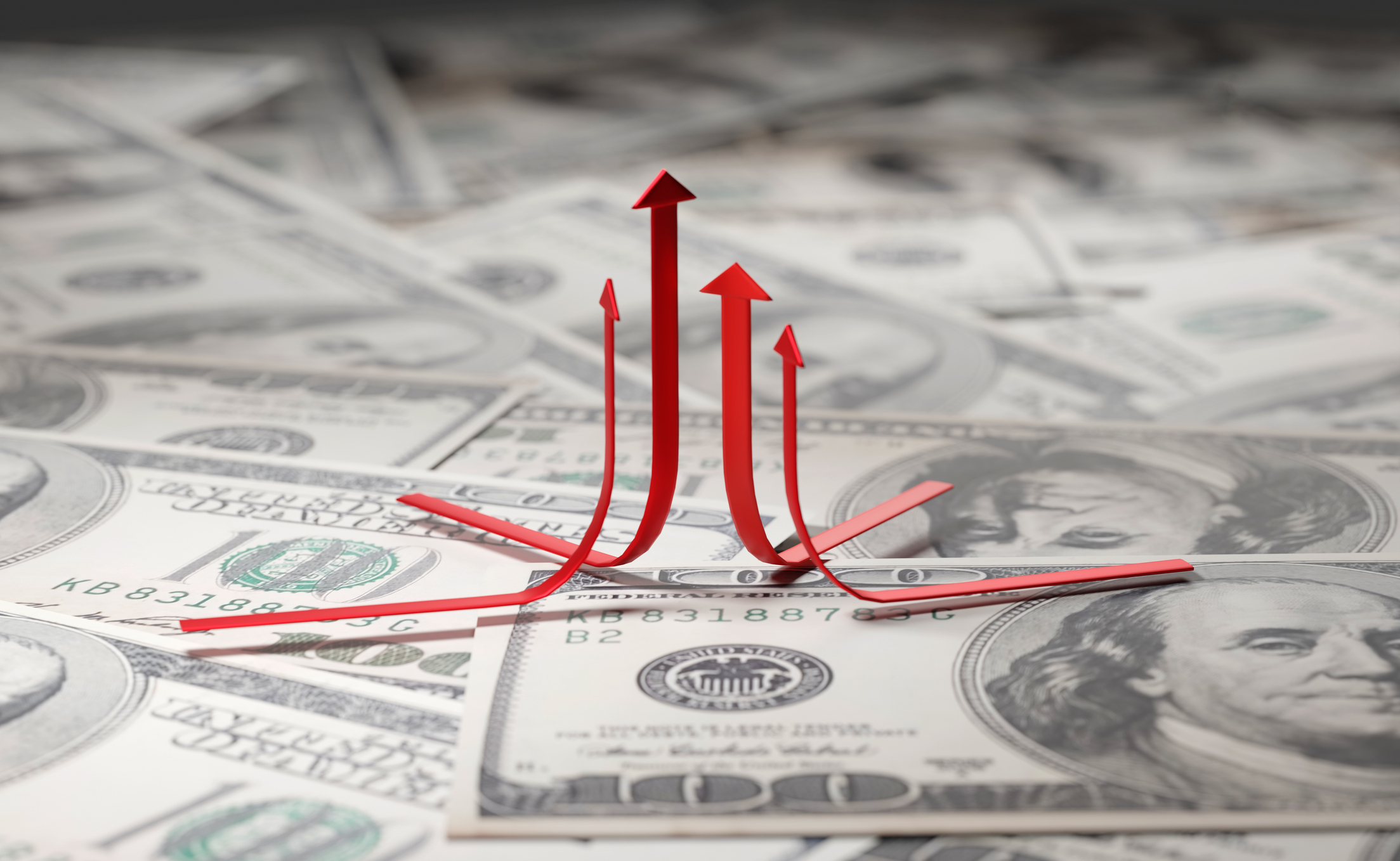Tangible book value per share
Book value (also known as equity, shareholders’ funds, or net asset value) is the value of all a company’s assets, minus its liabilities.
Book value (also known as equity, shareholders' funds, or net asset value) is the value of all a company's assets, minus its liabilities. The number can be found on the balance sheet in an annual report.
It is sometimes used to estimate what a firm would be worth if all its assets were sold, and is often used to value banks and house-builders. But book value may contain intangible assets, such as goodwill', which may not be worth much at all.
By subtracting these from book value, you get a more conservative tangible' book value, based on hard assets such as property, machinery, stocks and cash. Divide this by the number of shares to get tangible book value per share. If you can buy a stock for less than this, you may be getting a bargain.
Subscribe to MoneyWeek
Subscribe to MoneyWeek today and get your first six magazine issues absolutely FREE

Sign up to Money Morning
Don't miss the latest investment and personal finances news, market analysis, plus money-saving tips with our free twice-daily newsletter
Don't miss the latest investment and personal finances news, market analysis, plus money-saving tips with our free twice-daily newsletter
See Tim Bennett's video tutorial:Beginner's guide to investing: the price-to-book ratio.
Get the latest financial news, insights and expert analysis from our award-winning MoneyWeek team, to help you understand what really matters when it comes to your finances.
MoneyWeek is written by a team of experienced and award-winning journalists, plus expert columnists. As well as daily digital news and features, MoneyWeek also publishes a weekly magazine, covering investing and personal finance. From share tips, pensions, gold to practical investment tips - we provide a round-up to help you make money and keep it.
-
 Buying infrastructure funds - 'cheap is not always cheerful'
Buying infrastructure funds - 'cheap is not always cheerful'Opinion Well-balanced infrastructure funds offer better prospects than high-yielding renewables funds, says Max King
-
 The new products and growth sectors driving America’s long-term winners
The new products and growth sectors driving America’s long-term winnersOpinion Felix Wintle, manager of the VT Tyndall North American Fund, highlights three favourite US stocks where he'd put his money

